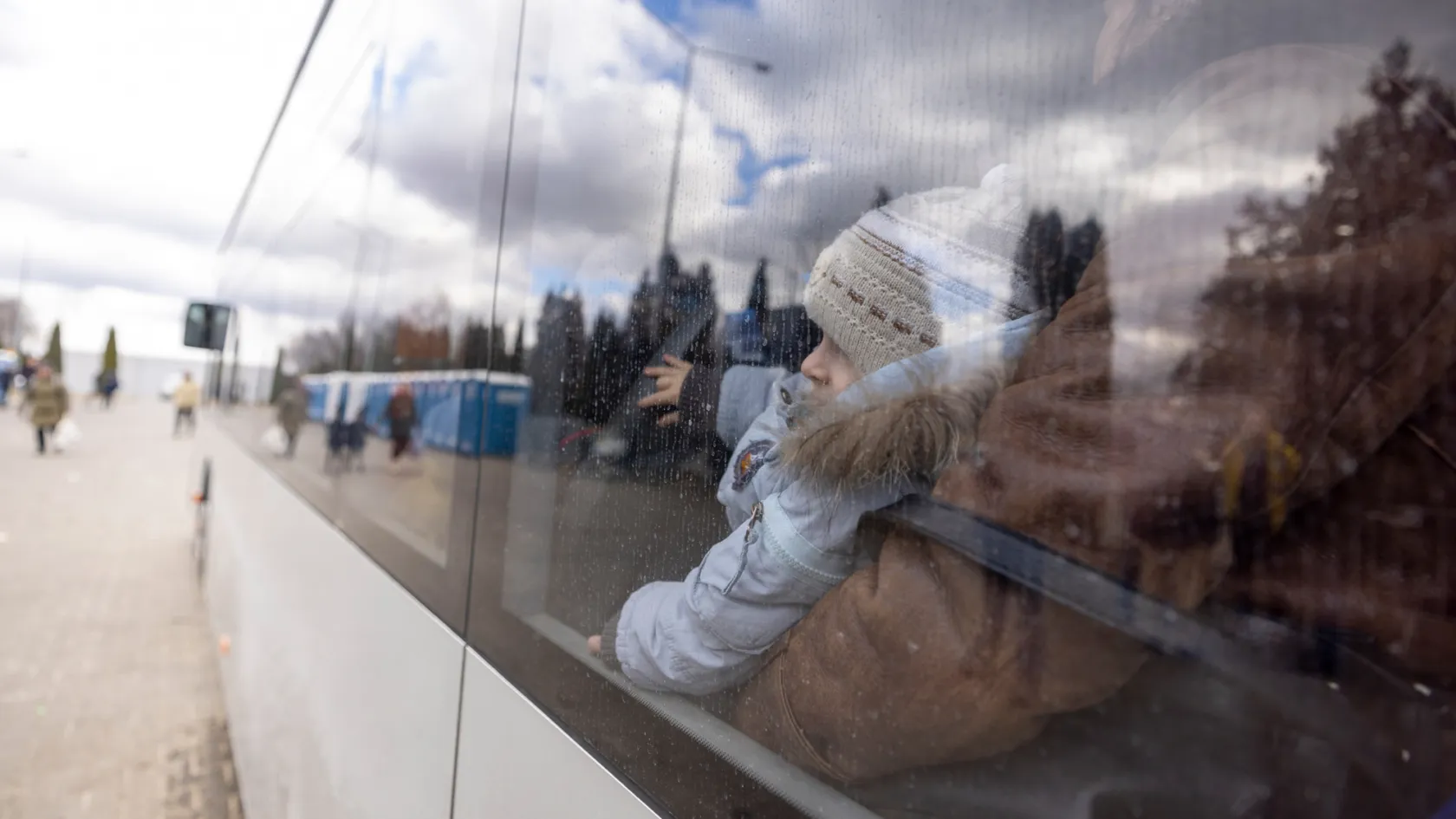

Emergency Response
Responding to disasters and health crises around the world, delivering urgent health and humanitarian relief to those who need it most
Our Approach
When disaster strikes and health crises emerge, Project HOPE is there.
Our team takes a “no regrets” approach when deploying in an emergency. At the first sign of need, we rapidly mobilize and activate our global network of trusted partners to reach affected communities with the health and humanitarian aid that saves lives.
We identify the most urgent needs, support health workers on the ground, find ways to help communities often overlooked in emergencies, and look for opportunities to strengthen the health system for the long-term.
To do this, Project HOPE:
- Deploys expert staff and volunteers to work with local partners and assist emergency response efforts
- Delivers medicines and medical supplies so frontline health workers can save lives
- Provides Psychological First Aid to people affected by disasters
- Supports water, sanitation, and hygiene needs to prevent the spread of disease
- Supports survivors of gender-based violence during times of disaster and displacement
- Trains health workers to respond to evolving needs
- Partners with communities through the entire cycle of response, recovery, and preparedness
- Identifies opportunities to strengthen health systems for the long-term
The Context
When every second counts, we deliver the urgent relief that saves lives.
Before, during, and after devastating earthquakes, record-breaking storms, sudden disasters, violent conflicts, mass displacement, deadly outbreaks, and complex humanitarian crises, Project HOPE works hand-in-hand with health workers and local partners to meet the health and humanitarian needs of those most affected.
We know all too well that the effects of an emergency are not felt equally. As the world’s crises compound, the most under-resourced communities will bear the cost.
That’s why Project HOPE not only responds to emergencies, but addresses the conditions that exacerbate a crisis: hospitals and clinics that lack the staffing, training, medicines, and equipment to meet demand; infrastructure that is underequipped to withstand severe events; rural communities that are cut off from medical care; economies that rely on agriculture impacted by climate change; and pervasive health inequities that deepen during times of crisis.

Los Angeles Wildfires: A Visual Timeline
07.02.2025


Project HOPE’s Response to Dismantling FEMA
06.12.2025






